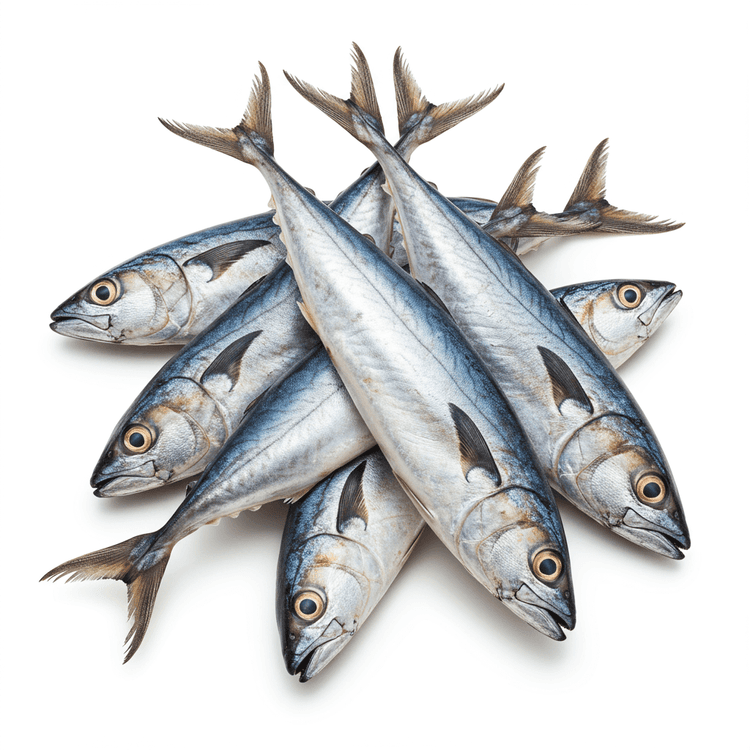
Fish
Fish is a versatile and nutrient-rich ingredient that comes in a wide variety of species, each offering unique flavors, textures, and appearances. From the delicate, flaky flesh of white fish like cod and haddock to the rich, oily texture of salmon and mackerel, fish is a staple in global cuisines. It is an excellent source of lean protein, omega-3 fatty acids, and essential vitamins, making it a popular choice for healthy and flavorful meals. Available fresh, frozen, smoked, or canned, fish can be prepared in countless ways, from grilling and frying to steaming and poaching.
Common Uses
- Grilling or Baking: Fish like salmon, trout, or halibut are perfect for grilling or baking with herbs, spices, and a drizzle of olive oil for a healthy, flavorful meal.
- Frying: White fish such as cod or haddock is commonly battered and fried to make classic dishes like fish and chips.
- Steaming or Poaching: Delicate fish like sole or tilapia can be steamed or poached in broth or wine for a light and tender dish.
- Raw Preparations: Sushi and sashimi feature raw fish like tuna or salmon, often paired with rice, soy sauce, and wasabi.
- Soups and Stews: Fish is a key ingredient in hearty dishes like bouillabaisse, chowders, or fish curries, adding depth and flavor.
- Smoked or Cured: Smoked salmon or cured fish like gravlax is often used in appetizers, salads, or as a topping for bagels.
Nutrition (per serving)
Nutrition (per serving)
Calories
206.0kcal (10.3%)
Protein
22.0g (44%)
Carbs
0.0g
Sugars
0.0g
Healthy Fat
9.5g
Unhealthy Fat
3.0g
% Daily Value based on a 2000 calorie diet
Nutrition (per serving)
Calories
206.0kcal (10.3%)
Protein
22.0g (44%)
Carbs
0.0g
Sugars
0.0g
Healthy Fat
9.5g
Unhealthy Fat
3.0g
% Daily Value based on a 2000 calorie diet
Health Benefits
- Rich source of high-quality protein, essential for muscle repair and overall body function.
- Packed with omega-3 fatty acids, which support heart health and brain function.
- Contains important vitamins like Vitamin D and B12, supporting bone health and energy production.
- Low in saturated fat, making it a heart-healthy choice for balanced diets.
- Provides essential minerals like iodine and selenium, which are crucial for thyroid and immune system health.
Substitutes
Chefadora AI is here.
Experience smarter, stress-free cooking.
Storage Tips
Fresh fish should be stored in the coldest part of your refrigerator, ideally at 32°F (0°C), and consumed within 1-2 days. To extend shelf life, freeze fish in airtight packaging, removing as much air as possible to prevent freezer burn. Thaw frozen fish in the refrigerator overnight or under cold running water before cooking. Avoid leaving fish at room temperature for extended periods to maintain freshness and safety.
Marnirni-apinthi Building, Lot Fourteen,
North Terrace, Adelaide, South Australia, 5000
Australia

